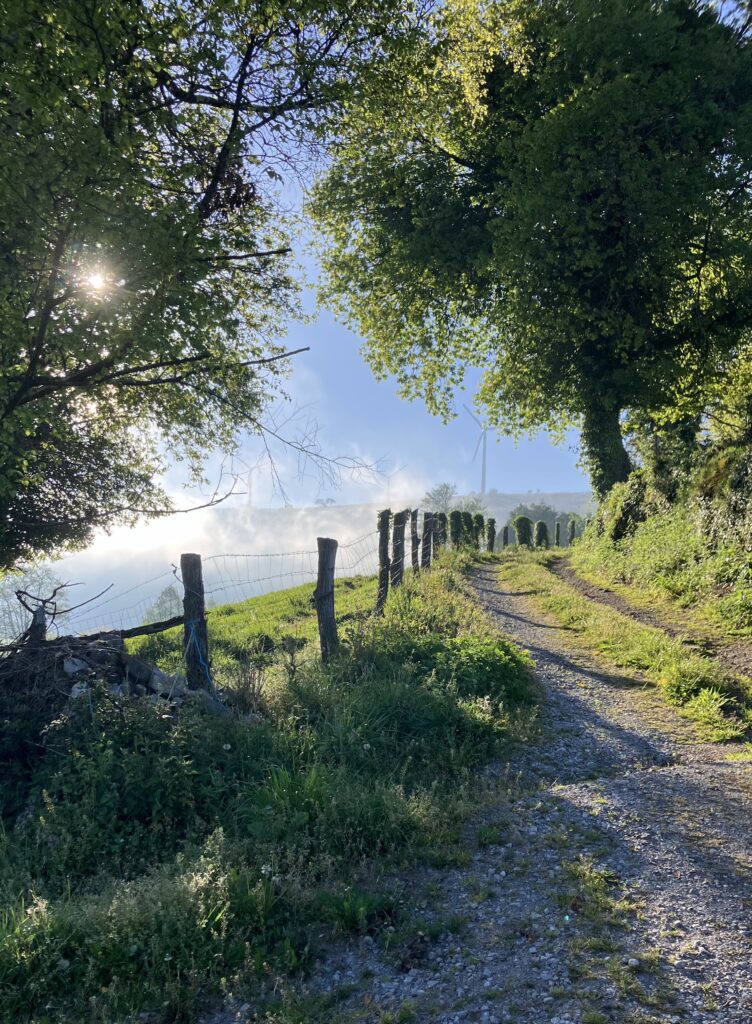For the past two weeks I have been walking through two northern regions of Spain — Asturias and Galicia.
Asturias is the wilder of the two. The Camino Primitivo passes through alpine moorlands and remote villages where farming and pilgrims seem to be the only economic drivers.
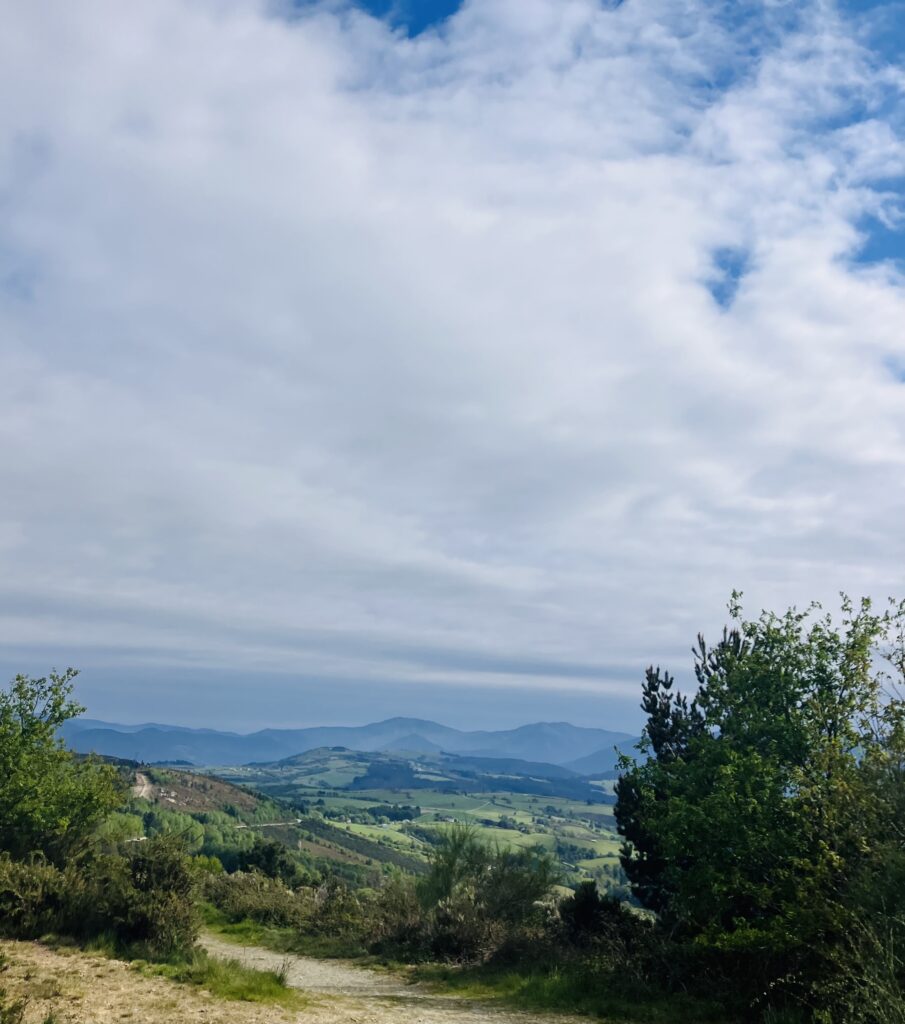
Wayfinding in Asturias was at times haphazard. On several occasions, I reached a split in the trail with a yellow arrow aimed in such a way that it was not entirely clear which of the two options was the correct one. Thank heavens for mapping apps!
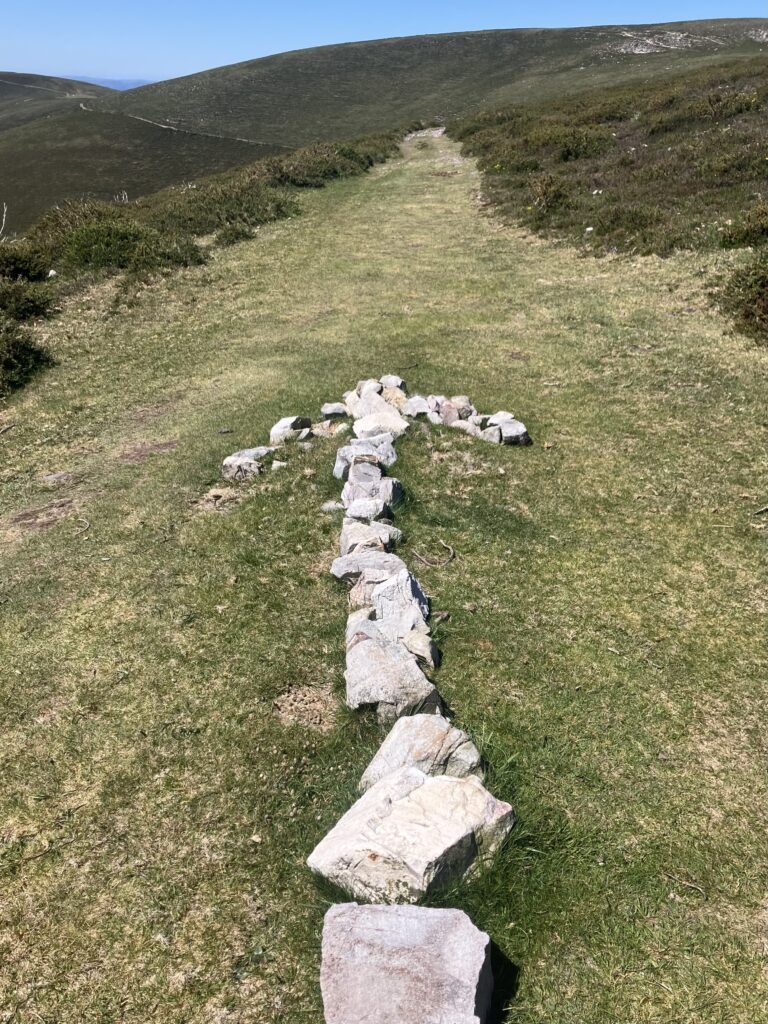
About a week ago, I crossed the border into Galicia. Clearly this region has a larger tax base! Not only were there more frequent villages with small industries such as logging mills and dairy processing plants, but the infrastructure of the trail improved. The friendly kilometre signs were back. Where the Camino ran along a road, there were gravelled paths and boardwalks. Road crossings were proceeded by several metres of carefully laid cobblestone.
And the Romans reappeared. For long stretches, the Camino Primitivo follows roads created by the Romans when they ruled Spain over two thousand years ago.

The Roman presence was most evident in the city of Lugo, which boasts the world’s largest surviving Roman walls – 2km long, 8.5m high, and festooned with 85 towers!
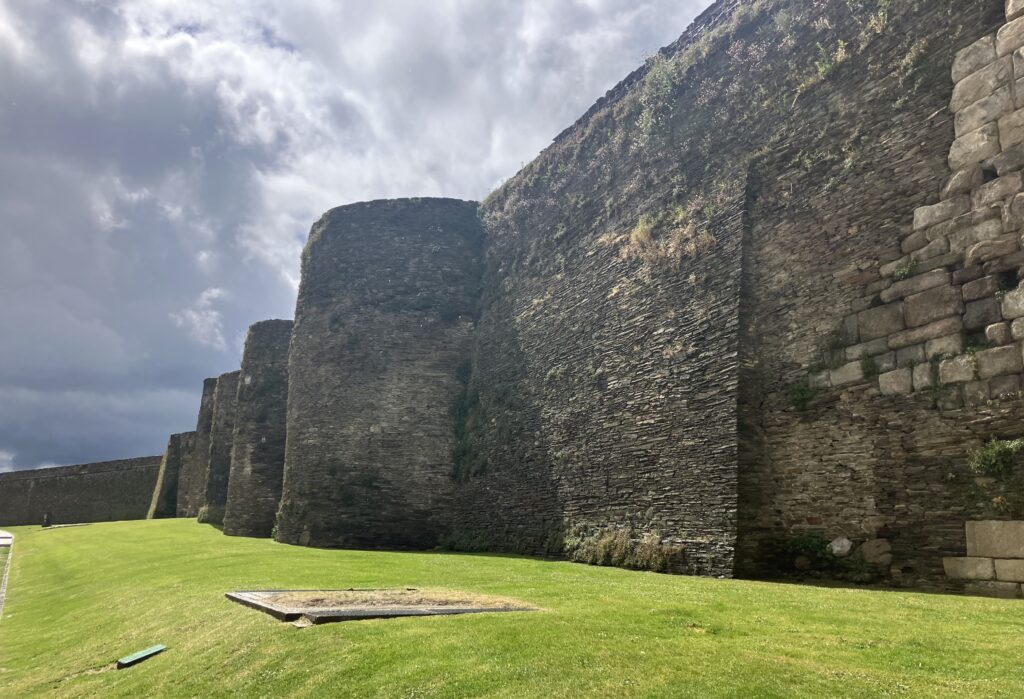
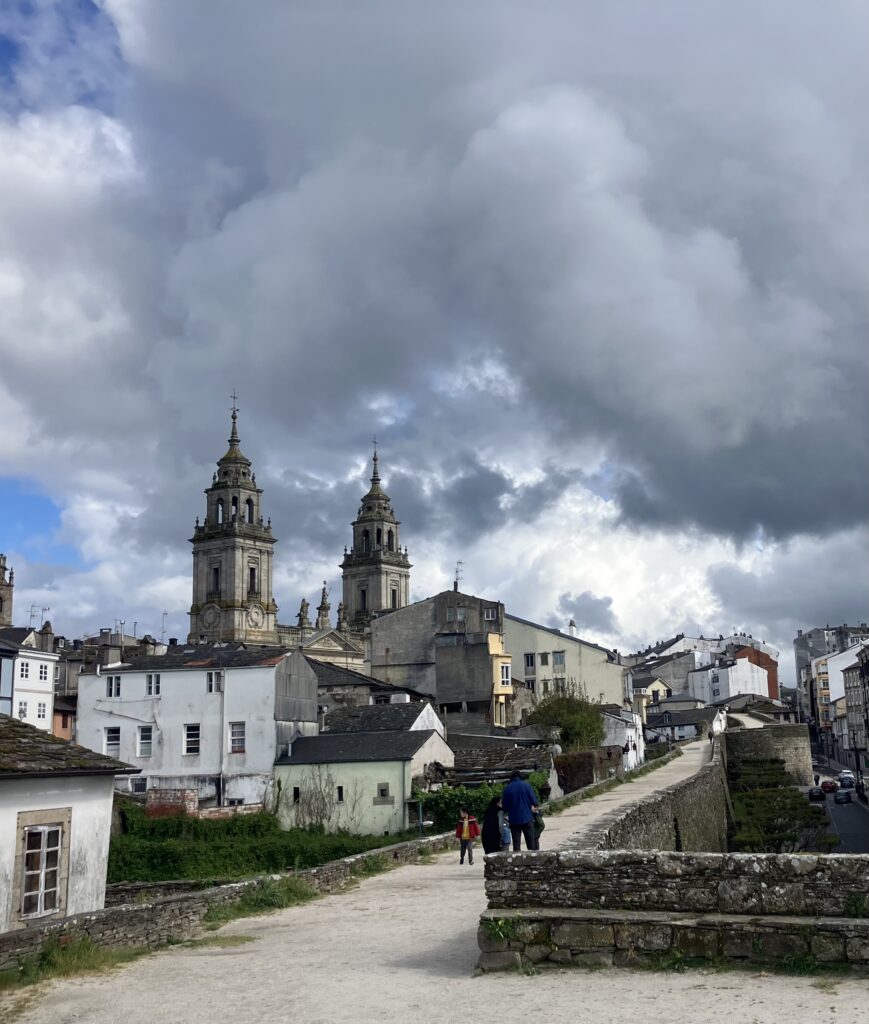
The Camino Primitivo held one last surprise as we neared Santiago. It even made the local evening news!
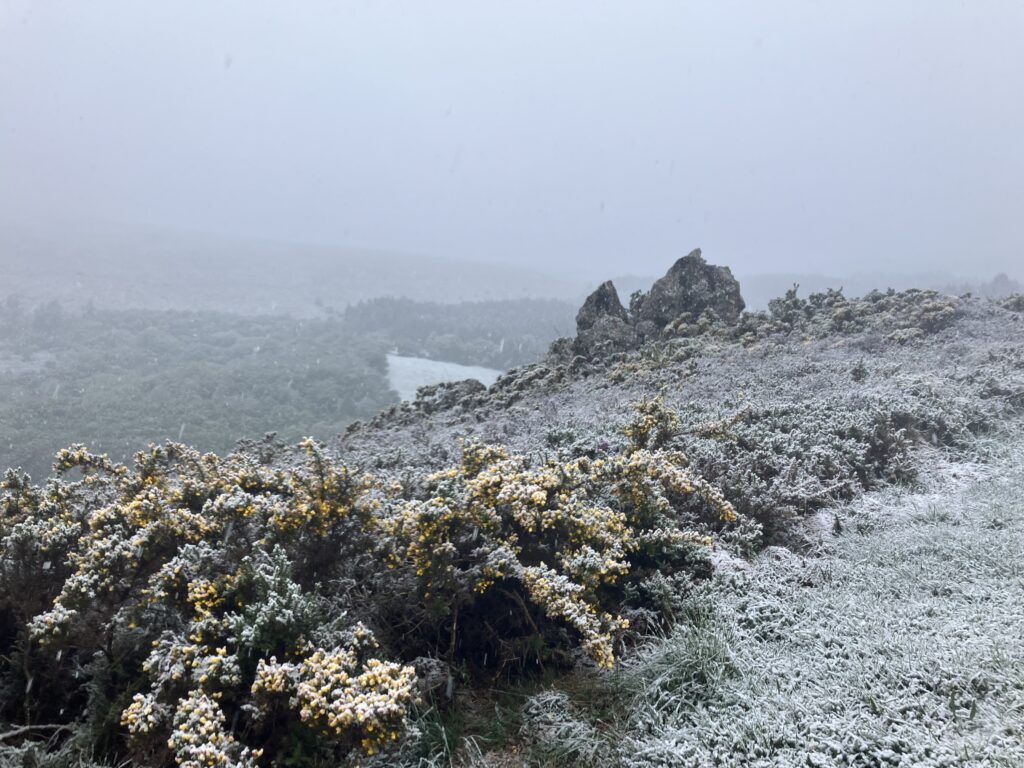
As we passed Melide, the character of trail changed radically. This is where the Camino Primitivo joins the Camino Frances. What had been a small band of about 20 walkers passing each other daily and meeting at hostels and over bottles of wines each night, turned into a river of pilgrims.
Over 446,000 pilgrims walked a Camino in 2023 — 217,000 on the Camino Frances, and just 20,000 on the Primitivo. At times, I counted over 40 pilgrims on the path ahead of me as we wound our way into Santiago.
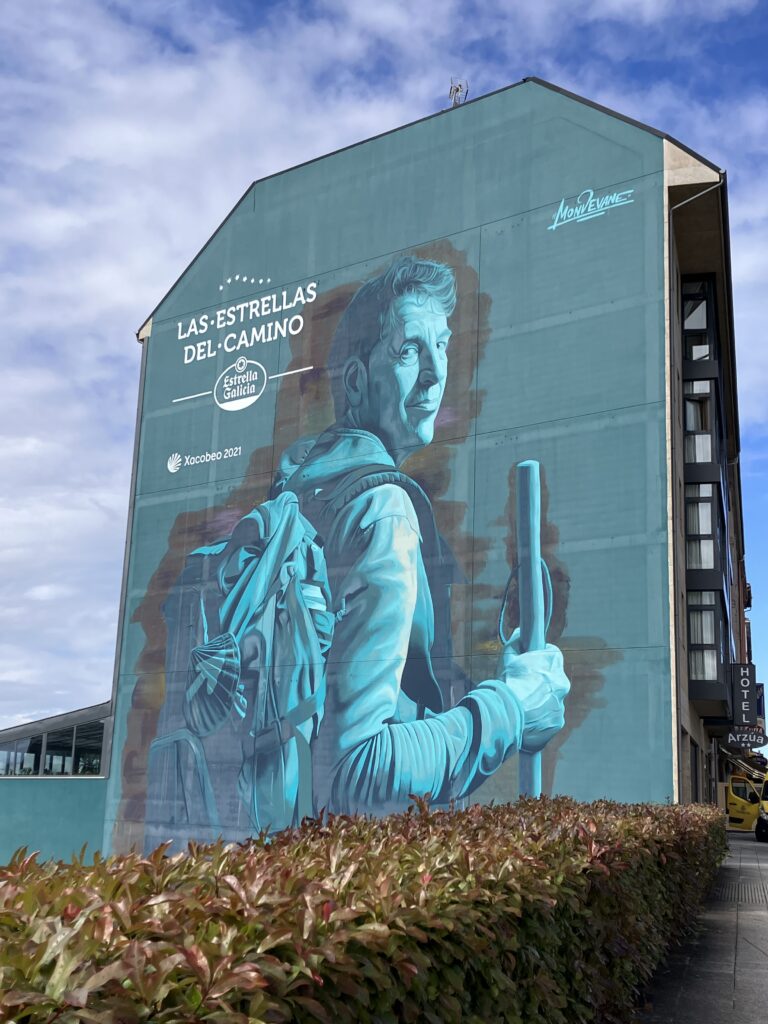
Yesterday I reached the Santiago de Compostola Cathedral for the second time. Almost immediately I ran into Alzbeta from Slovakia and Lucy from the Czech Republic who had walked the Primitivo at the same time as me.
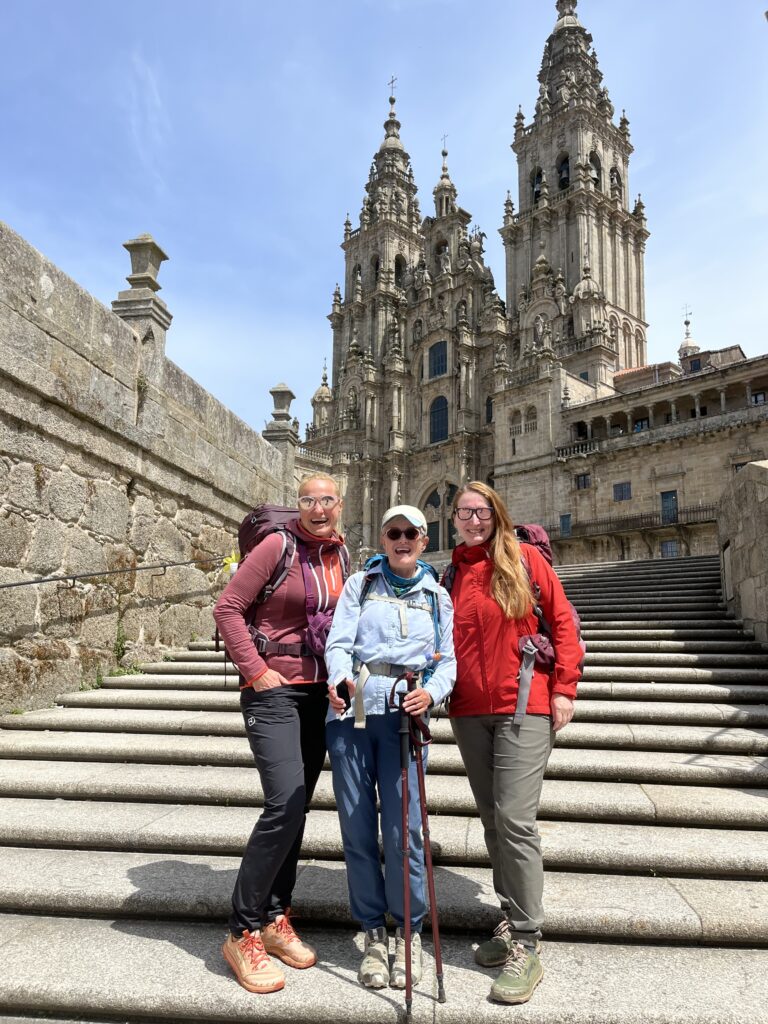
Later I met up with more of our international band of Primitivo pilgrims.

I also visited the excellent Pilgrims’ Museum where I learned that pilgrimages can be found in countries and cultures all over the world. It seems human beings have a natural urge to walk in the pursuit of clarity, holiness, and escape. The introductory text just after you enter the museum doors also points out that a pilgrimage is a metaphor for life — with a beginning, a journey of discovery, and an end. Which seems a fitting way to conclude this blog. Here’s to all our journeys! Thanks for reading!
